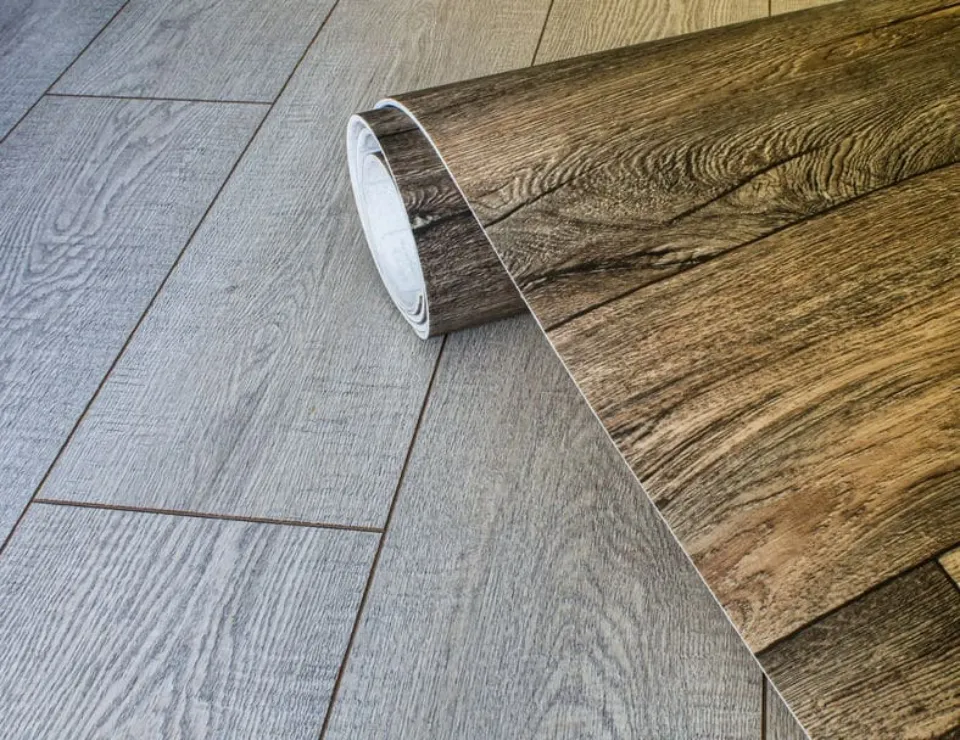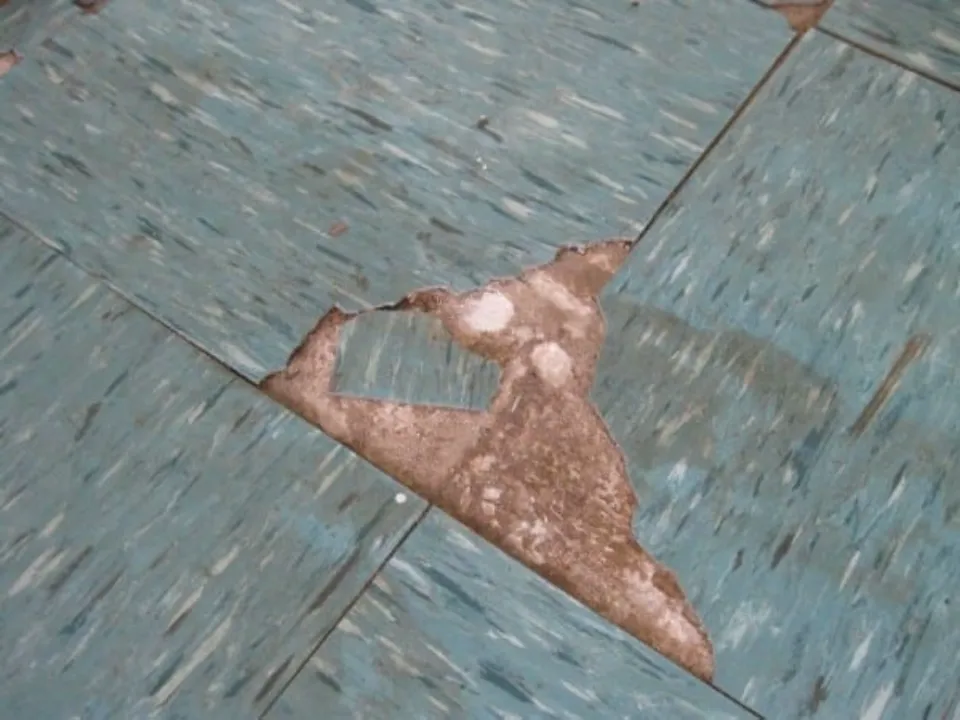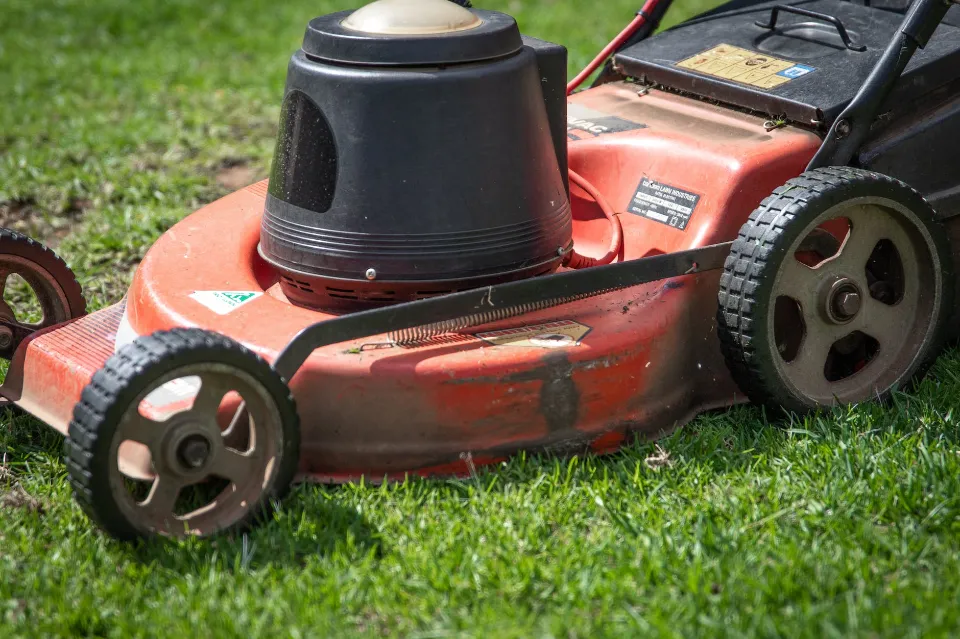If you’re considering installing new flooring in your home, you might be curious about the distinctions between vinyl and linoleum.
Vinyl is synthetic and bad for the environment, whereas linoleum flooring is made of natural materials. A similar initial upkeep is not necessary for vinyl.
Vinyl Flooring Overview

One of the most adaptable flooring options available today, vinyl flooring is a modern yet classic flooring material that offers a variety of design options in addition to being one of the most durable flooring options available. As a result, vinyl flooring is frequently used by interior designers as a long-lasting and visually appealing flooring option in commercial design projects.
Linoleum Overview
Linoleum, on the other hand, represents the old guard of flooring options. Linoleum, a flooring material made from linseed oil and invented in the 1860s, was once highly regarded for its affordability and all-natural attributes. However, linoleum is now regarded as an outdated flooring material that is most frequently found in hospitals and schools. Linoleum is currently regarded by many design professionals as the vinyl flooring of the past because it has started to lose its appeal in the interior design sector.
Difference Between Vinyl & Linoleum Flooring
Water Resistance
Vinyl sheet is a much safer alternative to linoleum if you’re installing flooring in your restroom, kitchen, or mudroom. Cork and wood materials make up linoleum, which is extremely vulnerable to water damage.
Conversely, high-moisture environments are ideal for vinyl sheet flooring. Our vinyl sheet is a great option for the areas of the house mentioned above because it is made with synthetic materials and has a waterproof surface.
Maintenance and Upkeep
Linoleum is much more difficult to maintain than vinyl sheet when it comes to your floors. There are other factors to take into account when choosing between the two, despite the water-resistant issues mentioned above.
For example, linoleum floors typically need to be sealed once or twice per year, whereas vinyl sheet flooring does not. Linoleum is also less resilient and can be easily scratched or gouged, leaving homeowners with unsightly flaws in their flooring.
In addition to requiring less maintenance—just the occasional damp mop and sweep—vinyl sheet is also much more durable and less likely to sustain permanent damage from everyday wear and tear like shoes.

DIY Installation
Finally, vinyl sheet flooring is much simpler to work with than linoleum if you’re the do-it-yourself type. Linoleum is stiff and can be challenging to work with in tight spaces, but the vinyl sheet products from Armstrong Flooring are made with a flexible fiberglass backing to make installation easier.
Do-it-yourself projects not only give you the satisfaction of a job well done, but they can also save you a lot of money because you won’t have to hire a crew of experts to install it for you.
Cost
A cost comparison of vinyl flooring vs. linoleum is fairly head to head.
- Luxury vinyl—Without including installation, the price of commercial-grade vinyl flooring can range from $2 to $5 per square foot.
- Linoleum — Vinyl flooring and linoleum are comparable in that they frequently have similar price ranges. Luxury vinyl is a dependable and cost-effective flooring option when linoleum’s additional maintenance requirements are taken into account.
Bottom Line

Both linoleum and vinyl are durable and adaptable flooring options. But, you must weigh their pros and cons before selecting the one that meets your needs.
Linoleum is made of biodegradable materials, has a longer lifespan, and is quiet and comfortable to walk on. But the flooring is more expensive, less water-resistant, and will age more quickly. This flooring may be a good option if you don’t mind the fading patina of old linoleum and are more concerned with environmental sustainability.
Vinyl comes in a wide variety of designs, patterns, and textures and maintains its shiny appearance while being less prone to scratches and dents. It is reasonably priced and requires little maintenance. Vinyl is the better choice if you are looking for value for money and aesthetic appeal over time.
FAQs
Which is Better Vinyl Or Linoleum?
Both materials are stable and long-lasting, but vinyl is better suited to environments with a lot of moisture because it needs less upkeep than linoleum. While vinyl is very efficient and effective for almost any commercial interior space, linoleum is popular in the education and healthcare sectors.
How Do I Know If My Floor is Linoleum Or Vinyl?
The design is surface-embossed on vinyl floors. A vinyl floor’s pattern will be broken by any dents or holes, making them obvious. A linoleum floor’s pattern is carried all the way through the material, so it will remain visible despite holes or other signs of wear and tear.
What is Linoleum Called Today?
Linoleum has been largely replaced as a flooring material by polyvinyl chloride (PVC), a synthetic plastic that is frequently mistakenly referred to as linoleum or lino.








